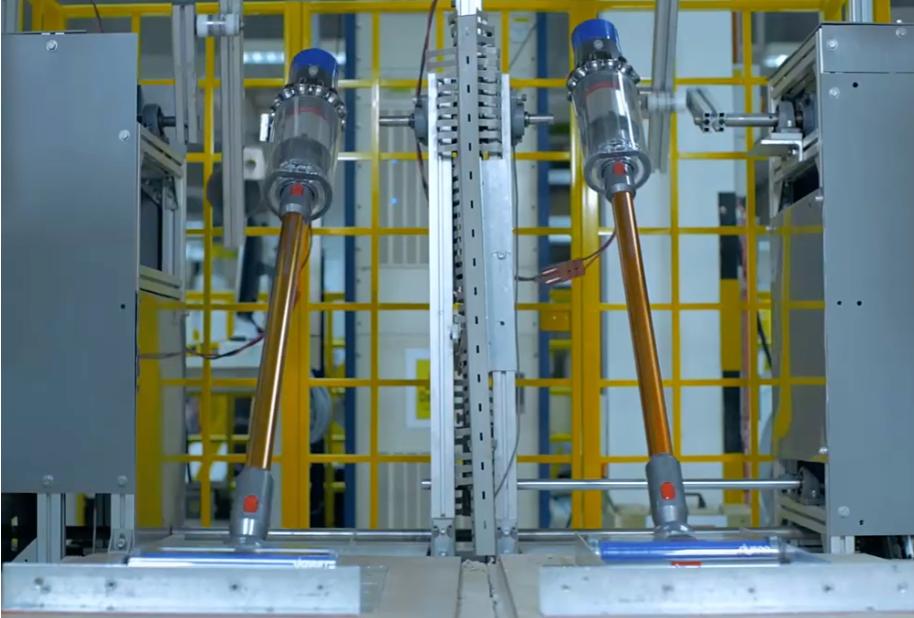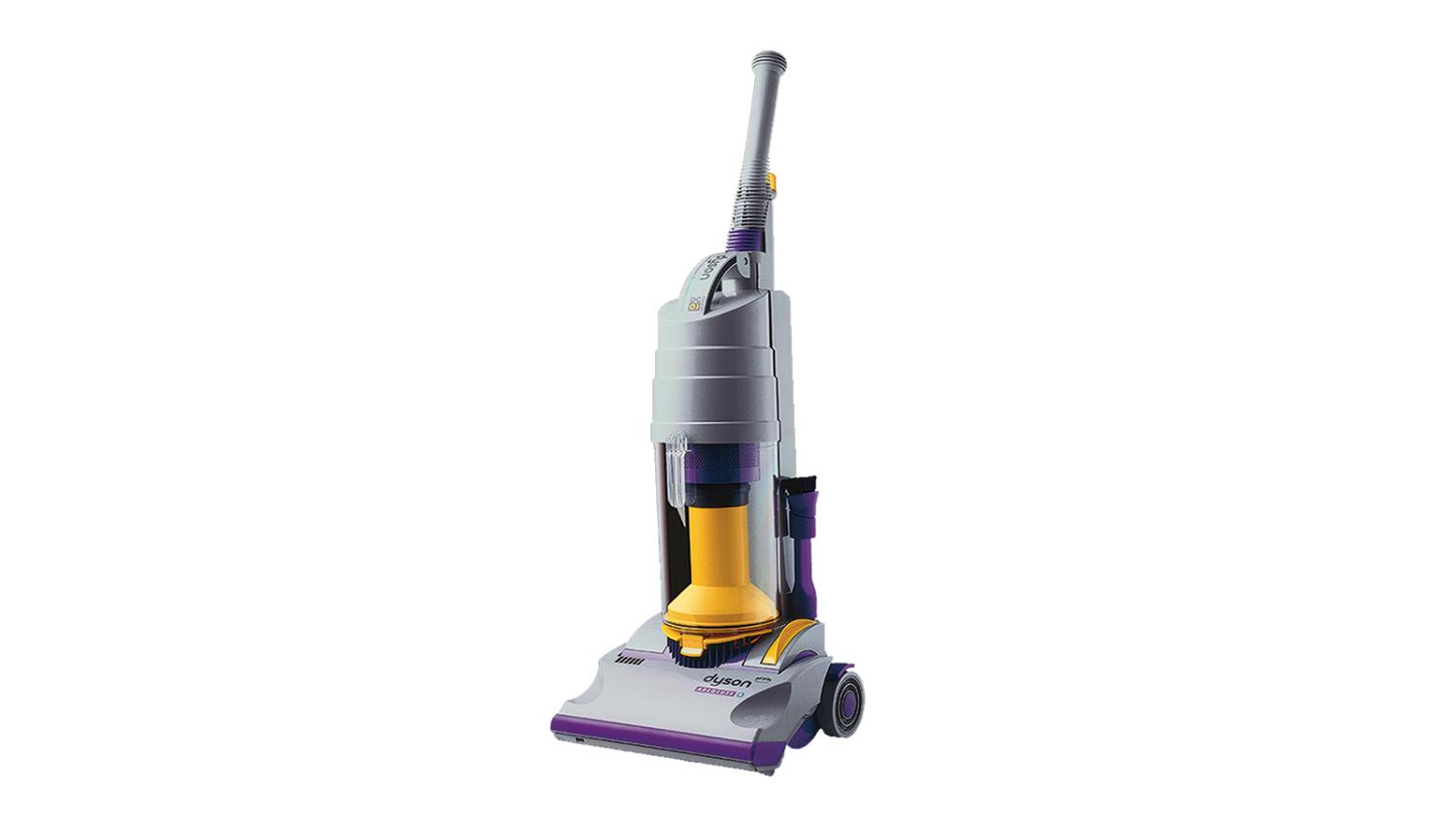Bagless vacuum cleaner | Dyson
It started with a cyclone - eliminating nasty vacuum bags and instead using centrifugal force to separate dust and dirt from the airflow. Since then, we’ve pioneered a totally new way to clean with light, powerful battery vacuums and reinvented motors, which are enabling a whole new generation of Dyson technology.
As engineers we thrive on the challenge of creating new technology, and ensuring it passes the ultimate test – working in real homes and lasting the test of time. Here, we explore the extreme lengths our team of engineers and researchers go to to ensure only a Dyson works like a Dyson.
Built to go on, and on
We love testing. The more gruelling, the better, it’s why we drop, crash, bang and wallop our machines thousands of times in the development process. Prototypes are put through their paces with rigorous testing in labs and in real homes, from London to Los Angeles. All vacuums are tested on hundreds of floor types using debris and dust from all over the world. In short, our vacuums are built to last.
But what does “built to last” mean? We put our machines through at least five years of testing in harsh conditions to ensure we’re engineering the most robust machines. This includes over 1,000km of flooring covered in push-pull tests, 500,000 cleaner head neck joint swivel tests, charging and discharging batteries over 6,000 times and running individual digital motors over 20,000 hours.

Relentlessly tested
Our engineers design, test and iterate every aspect of our machines including the sub-components to ensure they work efficiently and effectively, for as long as possible. We invest in our spaces, building labs and testing chambers that expand our knowledge and expertise of the sectors we are developing technology in.
Before prototyping begins, we conduct a detailed structural analysis on each component using a virtual simulator. We use this software to make changes and see what works, iterating before we produce a physical example. Using our in-house labs, we begin a product development journey. In the microbiology labs, our scientists run research programs to fully understand what is in household dust so that our engineers can understand how the complex biological structure of real dust interacts with our machines and to develop the best possible machines for sucking up dust.
Using other facilities, like our acoustic chambers, we individually test the noise level and sound quality of every component to ensure the machine’s sound is balanced. We invest every month on dirt, dust and carpet for testing, using real dust to ensure our prototypes are designed to respond to particles found in a real-homes.
-

-
Dyson Hyperdymiumᵀᴹ motor
We reinvented motors to make them smaller, lighter and more power dense. Our Dyson Hyperdymium motors spin at 125,000 RPM – on average 5 times faster than a jet engine. A motor this powerful means that our vacuums have more powerful suction.
We’ve also shifted the centre of gravity on a vacuum from the floor to the hand, meaning you can clean up top, down below, and in between – effortlessly.
Filtration
Ever since James invented the first bagless vacuum cleaner, cyclone technology has been at the core of our machines. Our cyclones exert 79,000Gs of force, capturing and removing microscopic particles. Our engineers have continuously developed and improved our cyclones to ensure they are efficient, removing dust and preventing it from clogging the filter. Ultimately, unlike bagged vacuum cleaners, the performance of Dyson machines won’t be compromised the more you vacuum.
Our machines are engineered with six layers of advanced whole machine filtration, which means that we capture 99.97% of microns as small as 0.3 microns. Our fully sealed system keeps dust in the machine, drawing the airflow through all six layers of filtration, expelling cleaner air into your home.
Engineering a better way
James Dyson started his journey in a coach house, gaining inspiration for the first ever cyclones from a sawmill. He then created 5,127 prototypes, to reach the first bagless vacuum. Since then, we’re still striving to be better and problem-solving, but now on a global scale.
Our engineers always start the product development process with a problem. Our team spend months inventing the most radical solutions to a defined problem, regardless of what has gone before or what the solution “should” look like.
From bagless to uprights, to cord-free, to intelligent, and now to lightweight, the technology at the core of Dyson machines has been developed through years of hard work, investment and inventive thinking. Pioneering and patented technology is something that we take pride in at Dyson, and we will continue to improve our machines and their impact on our day-to-day lives.
Press contacts
-
Liv Thomas
-


